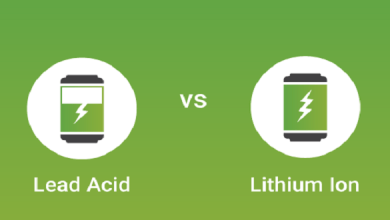USB Type-C: What You Need To Know

USB cables have been around for a long time, but with USB Type-C, the layout of USB C data cables has changed – drastically. For those using computers, this makes it much simpler to plug in and use your USB devices – especially if you have yet to get used to the new layout.
What is USB Type-C?
USB Type-C is a new specification for USB cables and connectors that aims to make them more efficient and reversible. The connector has the same width as standard USB cables but can support up to 10 Gbps data transfers. It also features a new type of connector housing that allows it to be inserted, meaning that you no longer have to worry about which way the plug goes in.
USB Type-C is already being used in many high-end devices, including the new MacBooks and Samsung Galaxy S8. It’s also set to become the standard for next-generation Type-C devices, such as smartphones, laptops, and other portable devices.
Advantages of Using a USB C Cable
USB Type-C is a new reversible USB connector that offers some major advantages over the traditional USB connector. Here are five of the biggest benefits of using a USB Type-C cable:
1) Faster data transfer rates: With USB 3.1, you can expect data transfer rates of up to 10Gbps, which is 50% faster than the 5Gbps rates possible with USB 3.0.
2) More power: With increased data speeds come increased power requirements, a Type-C port can provide up to 100W of charging power, which is more than enough to charge even the most battery-hungry devices.
3) Increased compatibility: Since USB Type-C is backward compatible with USB 3.0 and 2.0 devices, you’ll be able to continue using your existing hardware and cables without upgrading.
4) Reduced clutter: A Type-C connector’s sleek, compact design makes it perfect for use in tight spaces – like on a laptop keyboard or in an upcoming Apple MacBook – where traditional connectors would typically be bulky and obstructive.
5) Greater environmental consciousness: The elimination of separate power supplies and ports means that there’s now only one physical connection between your device and the cable, reducing energy consumption and preventing potential damage to electronic equipment if something were to happen during a lightning strike or other electrical storm.
Conclusion
CableCreation USB Type-C is the new standard for USB ports, quickly becoming the preferred connection method for high-end devices. So if you’re planning to buy a new device that supports USB Type-C or upgrade your current device to support the new standard, this guide will provide you with all the information you need.





